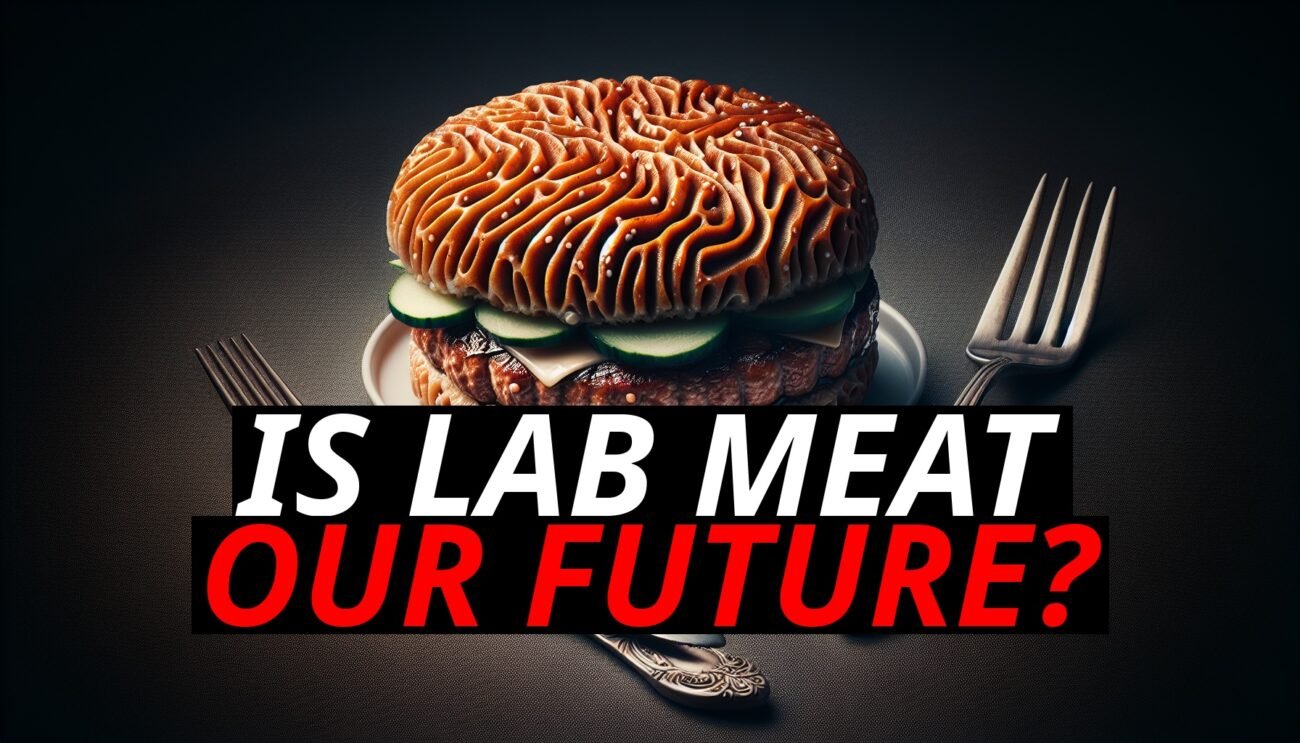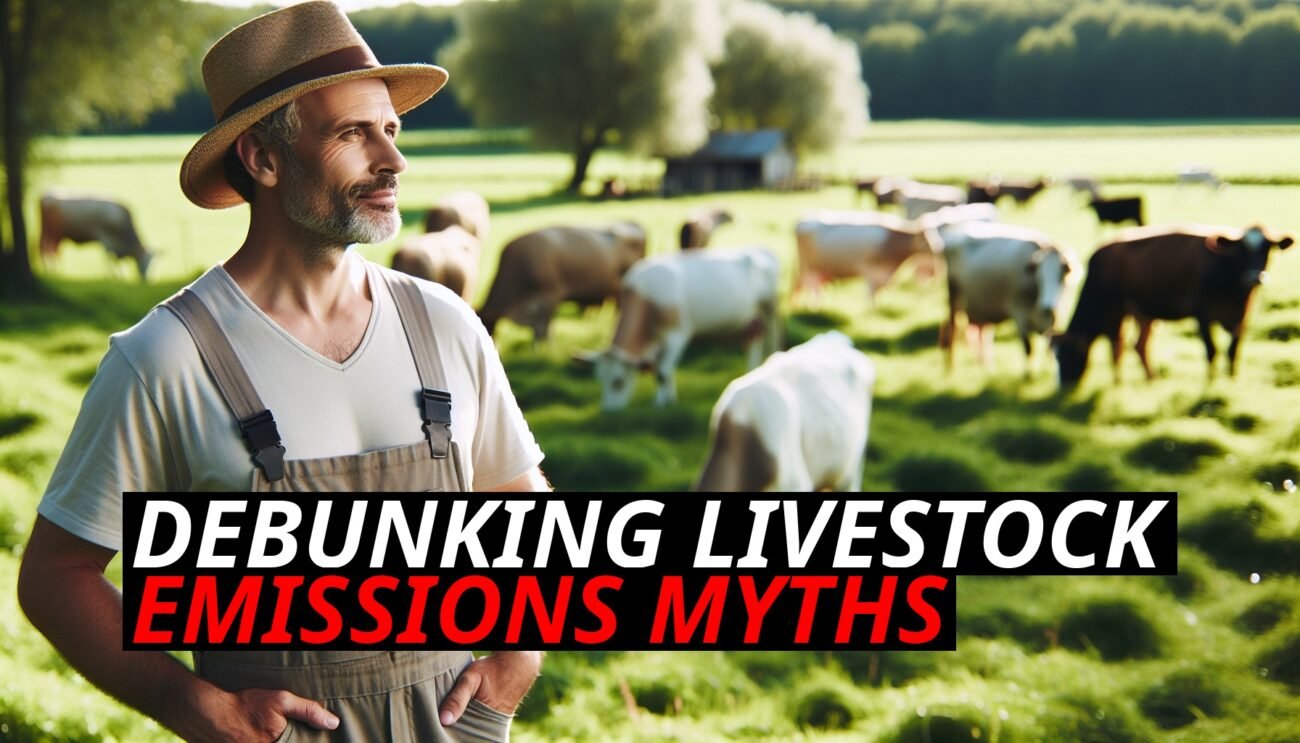When you think about livestock, you might picture large pastures filled with grazing cattle. For many, the association is negative—believing that grazing animals contribute to environmental degradation. But what if the opposite is true? Grazing animals, when properly managed, can play a crucial role in maintaining ecosystems, supporting biodiversity, and promoting healthy soils. In fact, they can be part of the solution to some of our most pressing environmental challenges.
Let’s explore the positive ecological impact of grazing animals and how well-managed grazing can be a vital component of sustainable agriculture.
Grazing Animals Mimic Natural Ecosystems
In the wild, large herbivores like bison, antelope, and wildebeest have roamed grasslands for millions of years, grazing on vegetation and moving across vast landscapes. This natural grazing process is essential for the health of these ecosystems. Grazing animals help maintain a balance between plant growth, soil health, and biodiversity. In many ways, livestock can fulfill the same role in managed landscapes.
By grazing on grass, livestock stimulate plant growth, ensuring that grasses and plants remain healthy and vibrant. This grazing also promotes a mosaic of plant species, as animals selectively eat certain plants, allowing others to flourish. The result is a diverse landscape that supports a wide range of species—from insects and birds to larger predators.
When animals are moved between pastures in a rotational grazing system, they mimic the natural movement of wild herbivores, allowing different parts of the land to rest and recover. This helps maintain the health of the ecosystem and ensures that the landscape remains productive over time.
Healthy Soils: How Grazing Rejuvenates The Land
One of the most significant benefits of well-managed grazing is its ability to rejuvenate soil health. Soil is the foundation of any ecosystem, supporting plant growth, storing water, and acting as a reservoir for nutrients. But intensive farming practices and monoculture crops have depleted many soils, leading to erosion and loss of fertility. Grazing animals can help reverse this damage.
As livestock graze, their hooves naturally break up the soil, creating small divots that allow water to penetrate deeper into the ground. This process, called hoof action, aerates the soil and improves its ability to retain moisture. In addition, grazing animals deposit manure, which adds organic matter and nutrients to the soil. This organic material feeds soil microbes, improving soil structure and increasing its fertility.
Healthy soils also play a crucial role in carbon sequestration. When soils are rich in organic matter, they can store carbon from the atmosphere, helping to reduce greenhouse gas levels and combat climate change. Well-managed grazing systems, with their focus on soil health, contribute to this carbon storage, making grazing animals an unexpected ally in the fight against global warming.
Supporting Biodiversity: Grazing Creates Habitats
One of the most overlooked benefits of grazing animals is their role in supporting biodiversity. In natural ecosystems, grazing animals help create a variety of habitats by influencing plant growth and structure. By selectively grazing on some plants and leaving others untouched, they create a patchwork of plant heights and species diversity, which provides habitats for a wide range of organisms.
For example:
- Insects: Grazing animals help maintain flowering plants, which in turn support pollinators like bees and butterflies. The diverse plant life that results from grazing also provides food and shelter for a variety of insect species.
- Birds: Grazing systems create open areas and diverse plant heights that attract different bird species. Ground-nesting birds, for instance, benefit from the shorter grasses in grazed areas, while other species thrive in the taller vegetation left behind.
- Small Mammals: The varied landscape created by grazing provides excellent cover for small mammals, such as rabbits and field mice, and their predators.
In this way, grazing animals help create and maintain biodiverse ecosystems that are home to a wide variety of species. Without grazing, many landscapes would become overgrown or dominated by a few plant species, leading to a reduction in biodiversity.
Preventing Wildfires: Grazing As A Natural Land Management Tool
In many parts of the world, wildfires have become an increasingly severe problem, fueled by dry conditions and an overabundance of plant material. Grazing animals can help reduce the risk of wildfires by reducing the amount of dry vegetation that acts as fuel for fires.
When livestock graze, they eat the grasses and other plants that can dry out and become a fire hazard. This keeps vegetation levels in check, reducing the risk of large-scale wildfires. In regions prone to wildfires, such as California or parts of Australia, well-managed grazing is being used as a natural land management tool to create firebreaks and reduce the spread of fires.
By integrating livestock into wildfire management strategies, we can reduce the intensity and frequency of wildfires, protecting both ecosystems and human communities from devastating losses.
Regenerative Grazing: A Path To Sustainable Agriculture
The benefits of grazing animals are most apparent in regenerative grazing systems, which prioritize the health of the land, animals, and ecosystem. Regenerative grazing is a farming practice that mimics the natural movement of wild herbivores, using livestock to restore degraded land, improve soil health, and increase biodiversity.
In regenerative grazing, animals are moved between different paddocks or pastures in a rotational system. This allows each section of land to rest and recover, promoting regrowth and preventing overgrazing. The focus is on creating a self-sustaining ecosystem where the needs of the land, animals, and environment are balanced.
Some key principles of regenerative grazing include:
- Adaptive Management: Farmers adjust grazing patterns based on the needs of the land, ensuring that no area is overgrazed and that the ecosystem remains healthy.
- Diverse Plant Species: Grazing systems encourage a wide variety of plants, which improves soil health and creates habitats for different species.
- Minimal Chemical Inputs: Regenerative grazing relies on natural processes to fertilize the soil and manage pests, reducing the need for synthetic fertilizers or pesticides.
By adopting regenerative grazing practices, farmers can help restore degraded ecosystems, promote healthy soils, and support a diverse range of species, all while producing sustainable food.
Conclusion: Grazing Animals As Environmental Stewards
Contrary to the belief that livestock always harms the environment, grazing animals can play a vital role in maintaining ecosystems, supporting biodiversity, and promoting healthy soils. When managed properly, grazing systems mimic the natural processes that have sustained ecosystems for millions of years, providing a sustainable way to produce food while improving the land.
As we look for solutions to the environmental challenges we face, it’s important to recognize the positive role that livestock can play. Through regenerative grazing, we can restore degraded land, sequester carbon, and create thriving ecosystems that support both agriculture and biodiversity. Grazing animals, far from being a burden on the environment, may be one of the keys to a more sustainable future.













